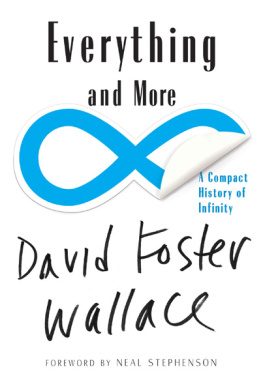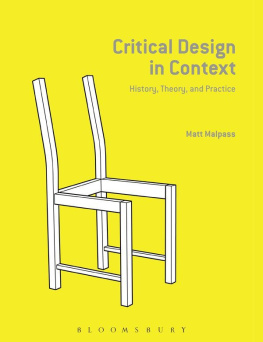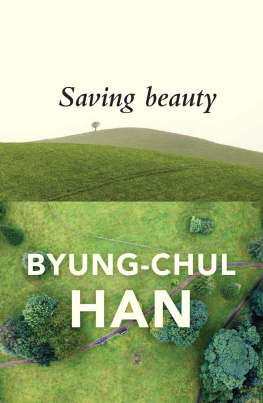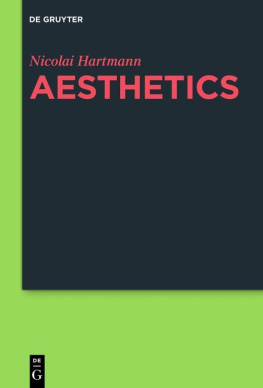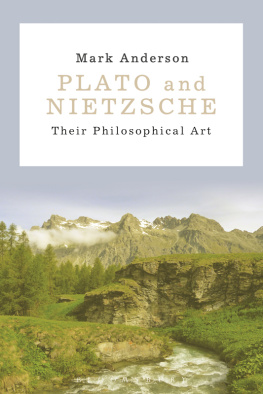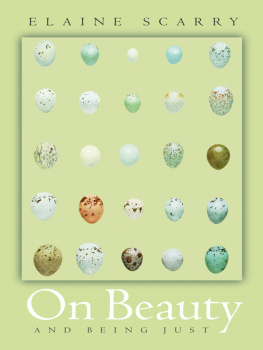W. W. Norton & Company
New York London
W. W. Norton & Company, Inc.,
500 Fifth Avenue, New York, N.Y. 10110
www.wwnorton.com
W. W. Norton & Company Ltd., Castle House, 75/76 Wells
Street, London WIT 3QT
Preface
Aesthetic theory is a comparatively recent branch of philosophy, and, lacking a clear and well-defined recent trajectory, its contemporary reach is difficult to delineate. Claimants from an array of disciplines have extended its boundaries beyond the confines of only beauty since its establishment as a distinct philosophical endeavor in the early eighteenth century. It now includes not only the assumed questions of beauty, value, form, taste, and appropriateness but also collective ideas such as nationhood, political influence, and global economics. While the expansion of aesthetics into these areas has been fruitful for their respective understanding, it has also left aesthetics, as a discipline, increasingly formless and lacking traction for actual usefulness to the disciplines of design. This places aesthetic theory out of reach or interest from those who would most benefit from its studyironically, the various curricula of architecture and design schools today that rarely, if ever, address the subject.
For the purposes of this book this group is loosely defined as architects and designersthe first being responsible for the significant large-scale and spatial aspects of the built environment, and the latter for all varieties of graphic, industrial, fashion, furniture, and automotive design. A more precise definition of these disciplines is beyond the scope of this book; I merely offer as an axiom that while economic and other forces govern material production in many scenarios, for the production of form, and its related spatial constructs in which we live, there is more often than not a person who fulfills the role of designer. This person, whether educated or amateur, appropriately qualified or a mere hobbyist, culturally considerate or merely seeking profit, organizes the arrangement of matter and material into more specific forms for a variety of uses. It is certainly too sweeping a gesture to combine all such designers and architects under a common rubric given the disciplinary specificity and claims of autonomy that govern such disciplines, and yet we can surely acknowledge that anyone involved in the act of design can only benefit from understanding the relationship between physical form and its impact on the individual and society at largeand so this book casts for its audience a wider net than any one of these particular disciplines might specifically require.
Design at all scales is a cultural actone that places our limited resources of material in play, through spaces, buildings, and objects, with the individuals and societies who use them, and ultimately come to be identified, even defined, by them. This book offers theoretical observations from historic and contemporary sources and from a variety of viewpoints that address this relationship between the act of design, its subsequent forms, and their aesthetic influencewhether they are of an individual pleasurable nature or a collectively political one. The selections provide a theoretical framework that allows us to understand the design of form as not only the solution to functional problems, economic efficiencies, or performative requirements, but also as the defining organizer for the social and cultural landscapes in which we exist.
The selections here are from philosophy, art history, literary criticism, architectural practice, Renaissance scholarship, critical theory, and the cognitive neurosciences. Some are complete book chapters or essays, and some surgically extracted excerpts from writings primarily focused on topics seemingly distant from aesthetic theory, yet all offer insights into the importance of considering form relative to its aesthetic qualities and influence. This is not to diminish other ways of understanding architecture or design, and is not a call-to-arms to only consider the aesthetic qualities of what we produce. Instead these texts offer sometimes new, sometimes merely forgotten critical insights that reveal the ambition to design to be among the most significant and influential cultural acts in which any individual or society can engage.
Practitioners, students, and teachers involved in architecture and design are the primary audience, but those from other disciplines will also find much of interest here. What is unique about this book is that it considers aesthetic theory as it pertains particularly to understanding the design of form. In many instances, however, discussions involving the arts are particularly illuminating when considered as they may relate to more functional problems of design. Some texts, accordingly, refer to art practices and artistic contemplation, although primarily as a means to induce corollary understandings in the more generic term, form. This is particularly true of the texts with a more formalist valence that propose that the aesthetic impact of a form is independent of its functional aspectstherefore diminishing the importance of its distinction as artor its being or not being functional.
I have organized the selections in unfashionably chronological order rather than by theme, size, or the discipline from which they emerged so I could introduce readers to ideas as they developed through history and were adopted and altered by subsequent figures. Such clinical organization also encourages readers to weave their own independent themes and points of reference into the material. While the exact historical or philosophical context of the ideas is not critical for the purposes of these arguments, as this is not intended to be a historical endeavor, sometimes I felt that such cross-referencing between times and figures was important as a device for showing variations on particular strains of thought. I introduce each selection with critical commentary regarding the significance of the material about to be read. These introductions are not intended to provide comprehensive analysis or delve into the historic context in which the material was written, but only to extract the most significant concepts as they pertain to the overall theme of aesthetic theory as related to architecture and design. Notes to the commentary describe and interconnect particular ideas. Notes of the authors, editors, or translators included in the original text are preserved as endnotes to the selections; any comments I have made in these notes are secured in brackets with my initials [M.F.G.], to indicate my intrusion. Two selections include the academic referencing devices typically associated with such texts. For works by Aristotle the book includes the Bekker citations, and, for the selections from Leon Battista Alberti, parentheses included after each section contain two sets of numbersthe first referring to the Orlandi/Polifilo edition of


